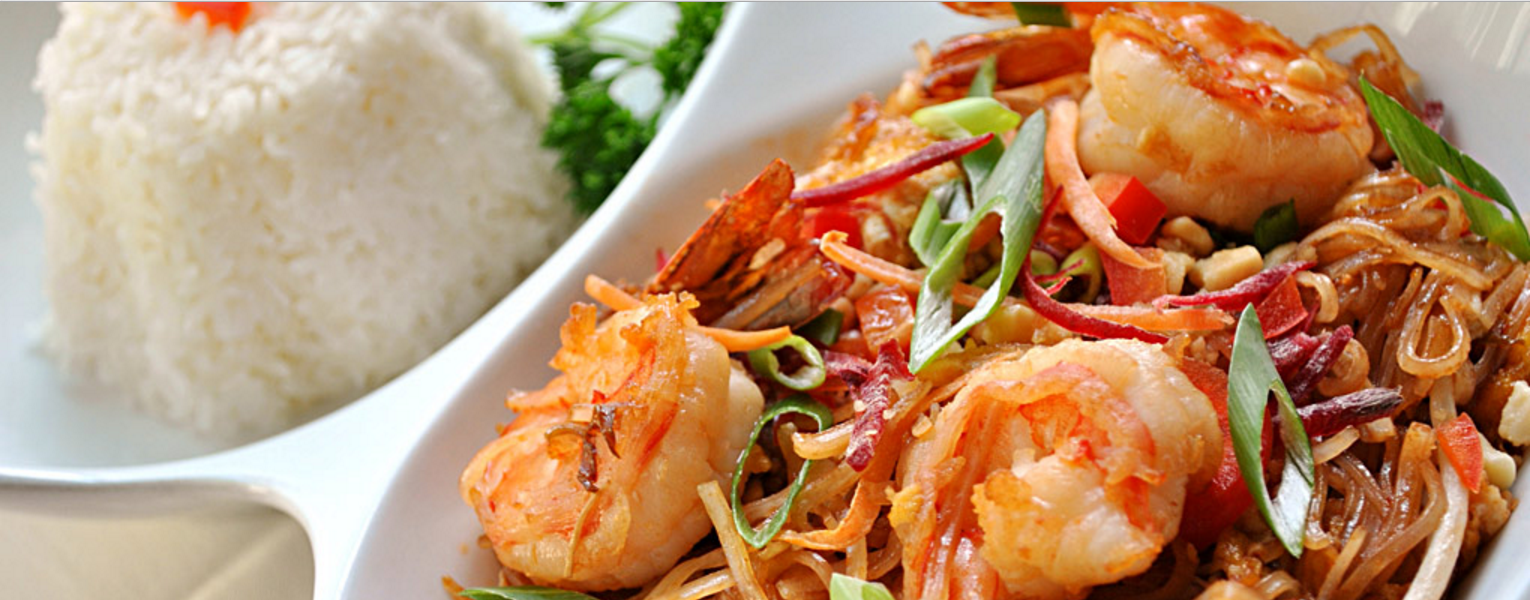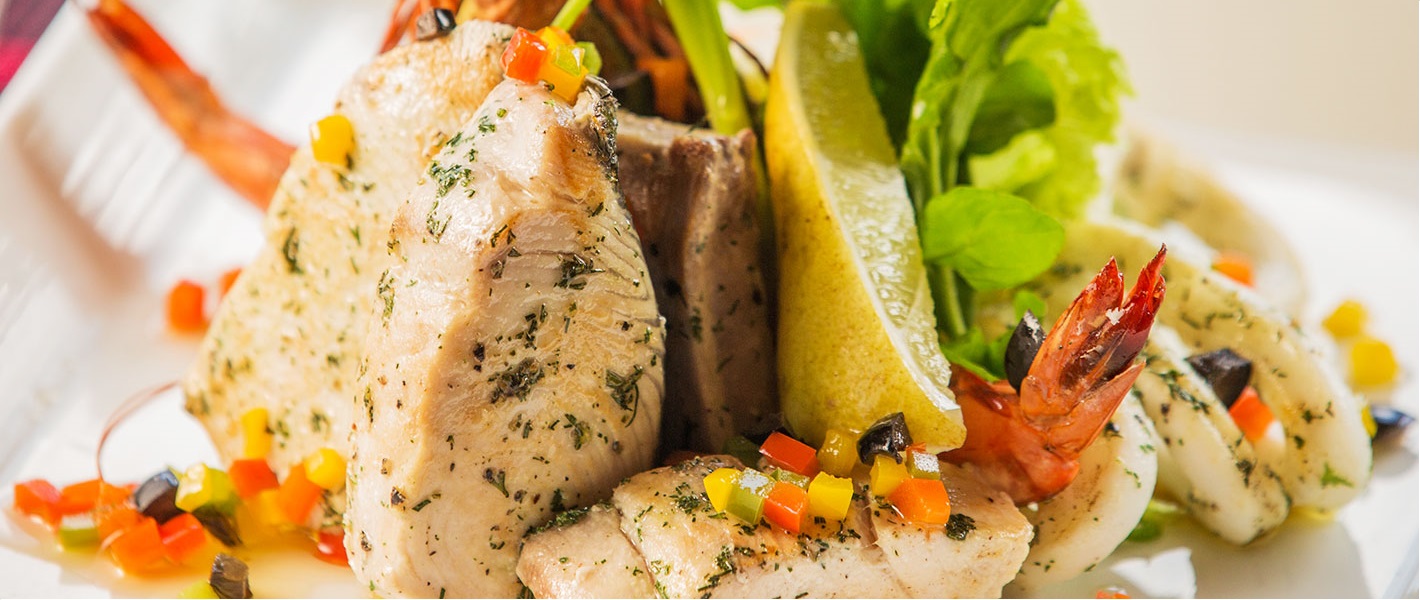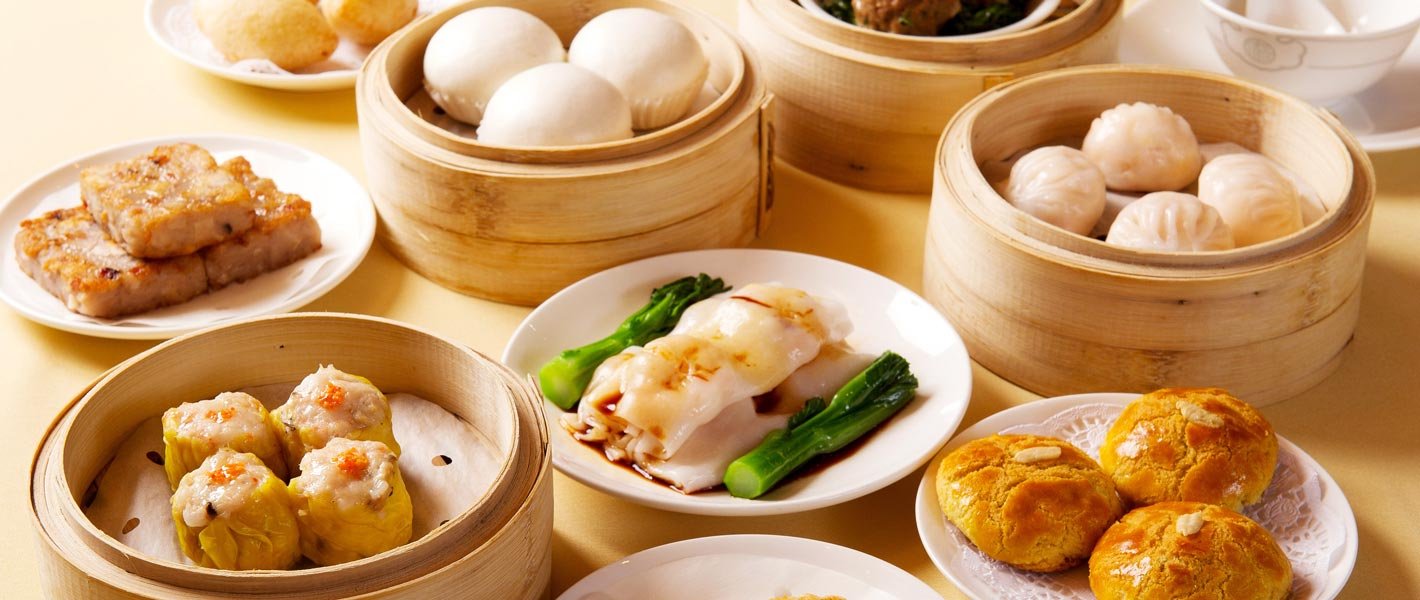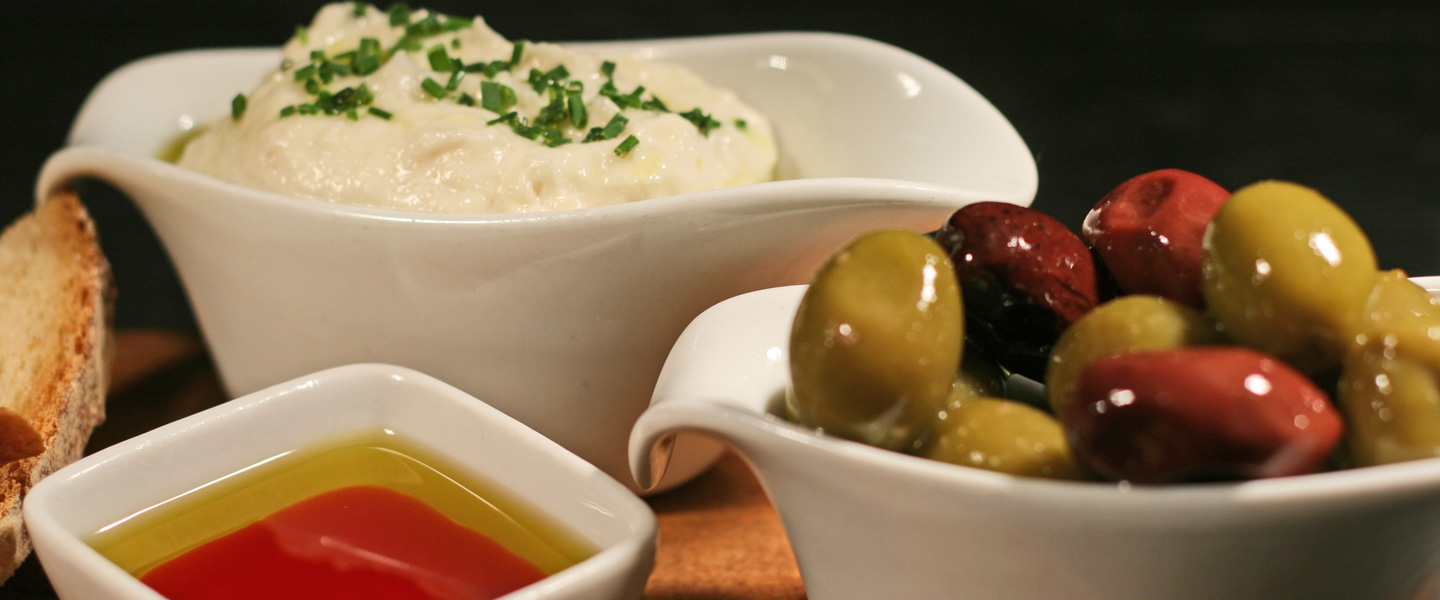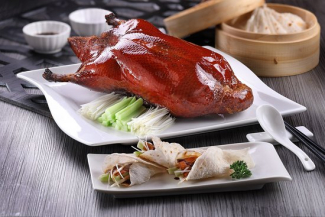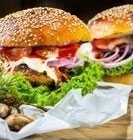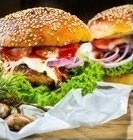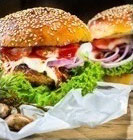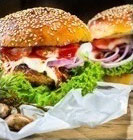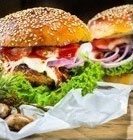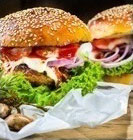Peking roast duck
Peking roast duck (北京烤鸭 Běijīng kǎoyā) is a famous dish from Beijing, enjoying world fame, and considered as one of China’s national dishes.
The dish Peking roast duck has been prepared since the Imperial era. Peking roast duck’s meat is characterized by its thin, crisp skin, with authentic versions of the dish serving mostly the skin and little meat, sliced in front of the diners by the cook. Ducks bred specially for the dish are slaughtered after 65 days and seasoned before being roasted in a closed or hung oven. The meat is often eaten with spring onion, cucumber and sweet bean sauce with pancakes rolled around the fillings. Sometimes pickled radish is also inside, and other sauces of soy bean paste (like hoisin sauce -sweet bean sauce) can be used.
Duck has been roasted in China since the Southern and Northern Dynasties. A variation of roasted duck was prepared for the Emperor of China in the Yuan Dynasty. The dish, originally named "shāo yāzi" (燒鴨子), was mentioned in the Complete Recipes for Dishes and Beverages (飲膳正要) manual in 1330 by Hu Sihui (忽思慧), an inspector of the imperial kitchen.[3][4] The Peking roast duck that came to be associated with the term was fully developed during the later Ming Dynasty, and by then, Peking duck was one of the main dishes on imperial court menus. The first restaurant specialising in Peking duck, Bianyifang, was established in the Xianyukou, close to Qianmen of Beijing in 1416.
By the Qianlong Period (1736–1796) of the Qing Dynasty, the popularity of Peking duck spread to the upper classes, inspiring poetry from poets and scholars who enjoyed the dish. For instance, one verse of Dūmén zhúzhīcí, a Beijing local poem was, "Fill your plates with roast duck and suckling pig".]
In 1864, the Quanjude (全聚德) restaurant was established in Beijing. Yang Quanren (楊全仁), the founder of Quanjude, developed the hung oven to roast ducks. With its innovations and efficient management, the restaurant became well known in China, introducing the Peking duck to the rest of the world. That is the origin style of present Peking duck.
The ducks used to prepare Peking duck originated in Nanjing. They were large, had black feathers, and lived in the canals that linked the city to major waterways.
With the relocation of the Chinese capital to Beijing, supply barge traffic increased in that area. Often these barges spilled water into side-canals, providing a habitat for the ducks. By the time of adoption of five-spice powder, a new breed of duck had been domesticated by Chinese farmers. Nowadays, Peking roast duck is prepared from the American Pekin duck (Anas platyrhynchos domestica).
In European Chinese restaurants, Peking roast duck is prepared from the Polish or Hungarian breed duck.
Newborn ducks are raised in a free range environment for the first 45 days of their lives, and force fed 4 times a day for the next 15–20 days, resulting in ducks that weigh 5–7 kg (11–15 lbs). The force feeding of the ducks led to an alternate name for the animal, "Peking stuffed duck" (simplified Chinese: 北京填鸭; traditional Chinese: 北京填鴨; pinyin: běijīng tián yā).
Read more




